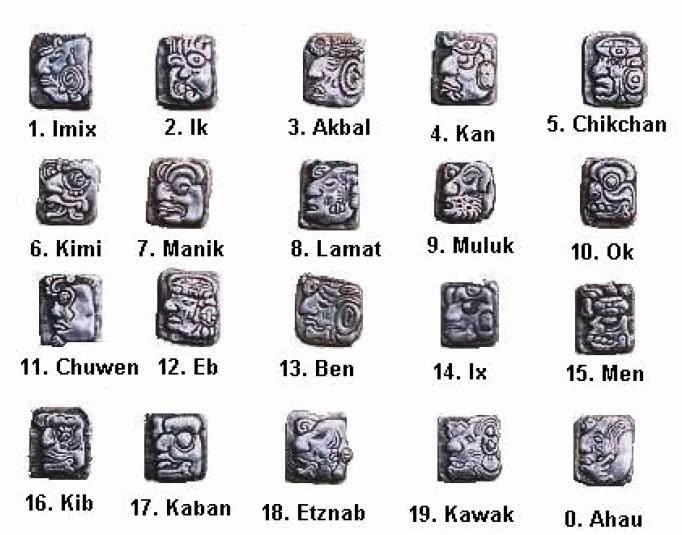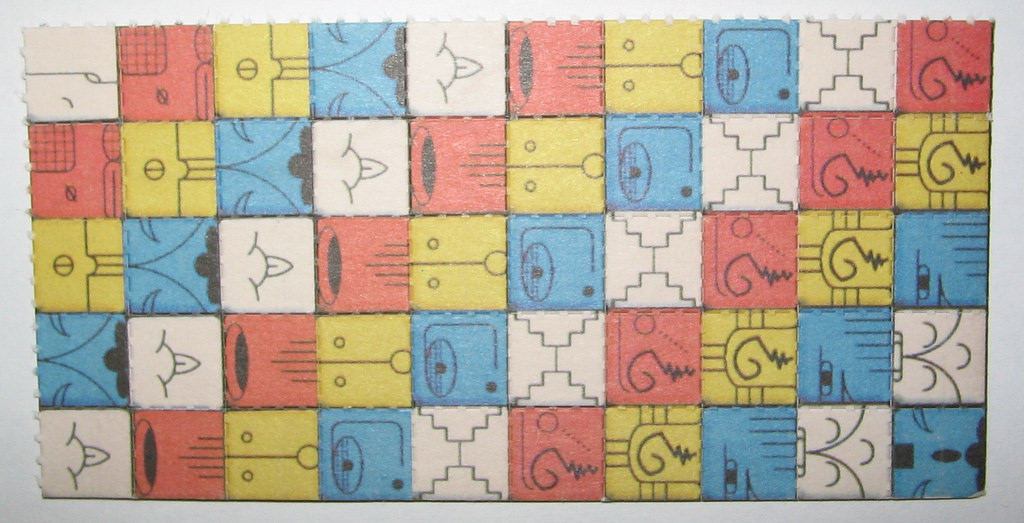Ancient Mayan Calendar Converter |
Ancient Mayan calendar conversion to Gregorian and Julian CalenderThe Gregorian calendar is a minor correction to the Julian. In the Julian calendar every fourth year is a leap year in which February has 29, not 28 days, but in the Gregorian, years divisible by 100 are not leap years unless they are also divisible by 400. Whatever the problems of Y2K, they won't include sloppy programming which assumes every year divisible by 4 is a leap year since 2000, unlike the previous and subsequent years divisible by 100, is a leap year. As in the Julian calendar, days are considered to begin at midnight.
Mayan DatesIn present times we are used to correlate the Mayan dates with the Christian ones using the Goodman-Martínez-Thompson correlation. Accordingly to it, a stable coefficient of 584,283 or 584,285 days is added to the Mayan dates expressing the counts of days which have passed from a particular day to the date of a certain event. The Mayan date is converted into a Julian day number and the latter finally to the corresponding day, month and year of the Julian calendar used in modern astronomy. Astronomers, unlike historians, frequently need to do arithmetic with dates. For example: a double star goes into eclipse every 1583.6 days and its last mid-eclipse was measured to be on October 17, 2003 at 21:17 UTC.
The dates are concerning Mercury positions around the upper conjunction with the Sun. In a similar way as with the lower conjunction, the Mayan astronomers have set an approximate middle of the time Mercury was unobservable between both the maximal elongations and around the upper conjunction with the Sun. Ancient Mayan Calendar Converter to Islamic Calendar
|





